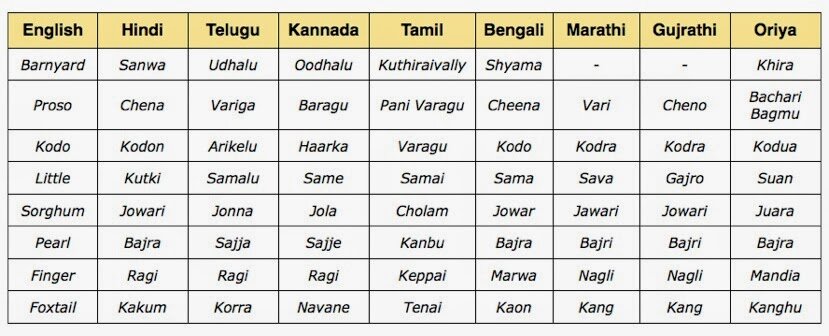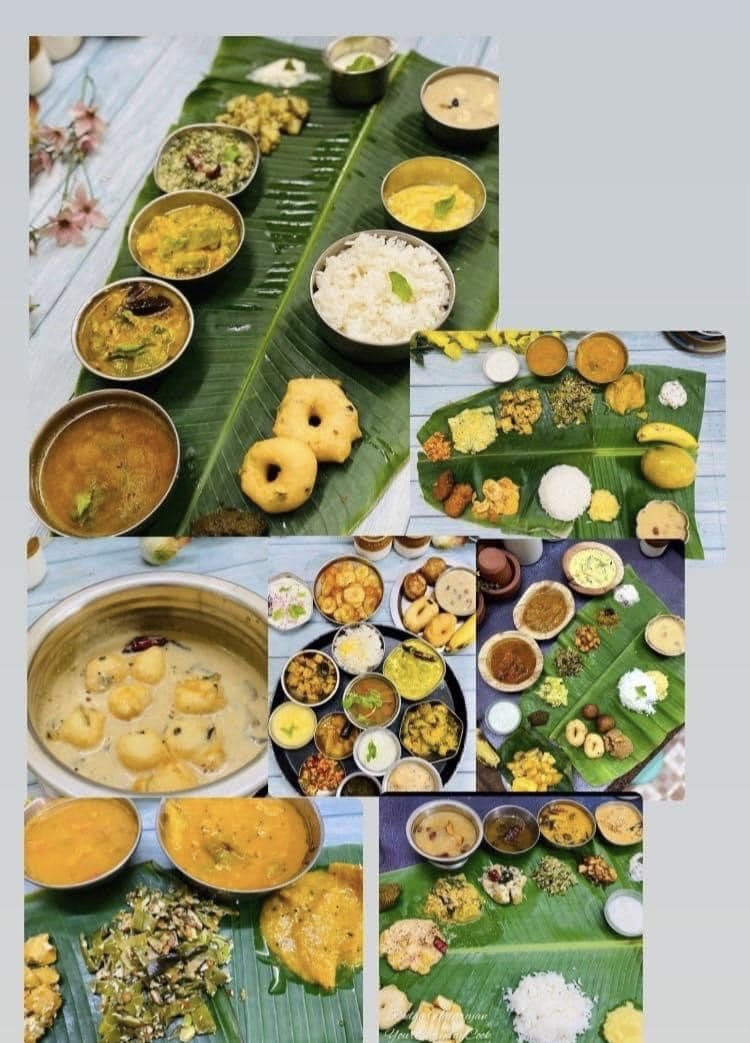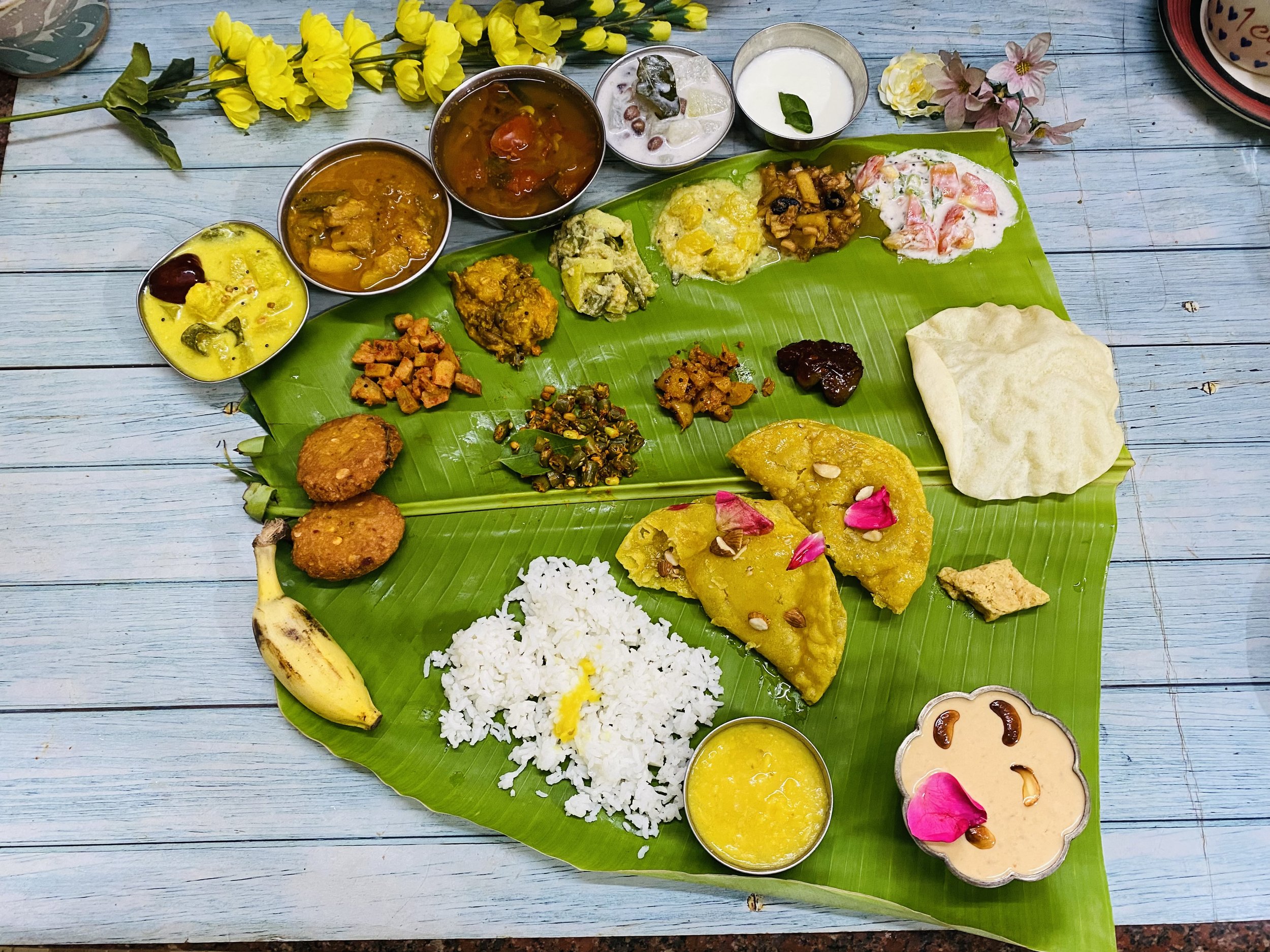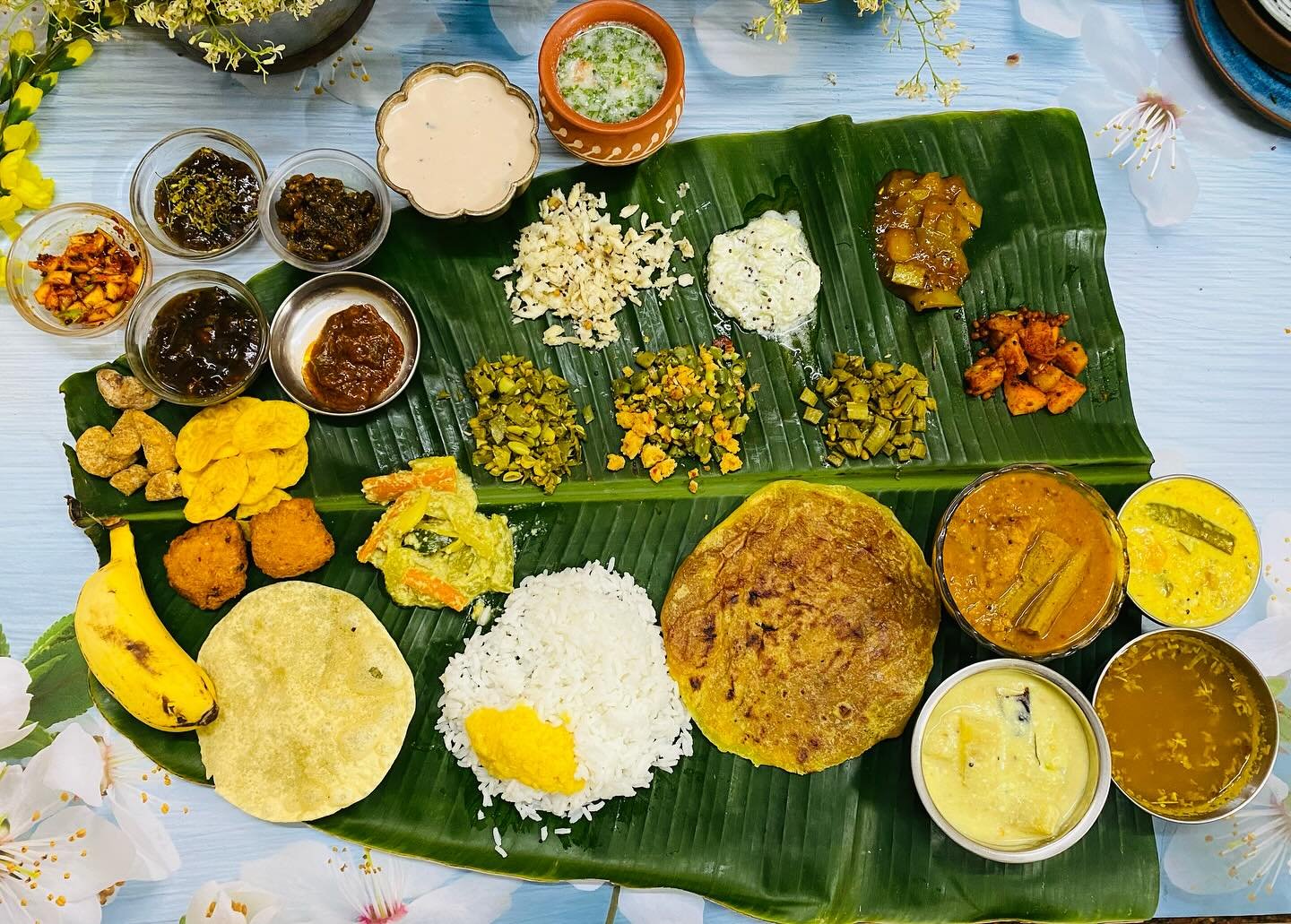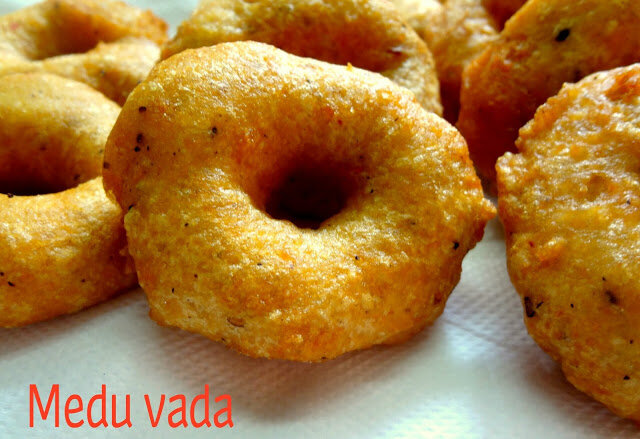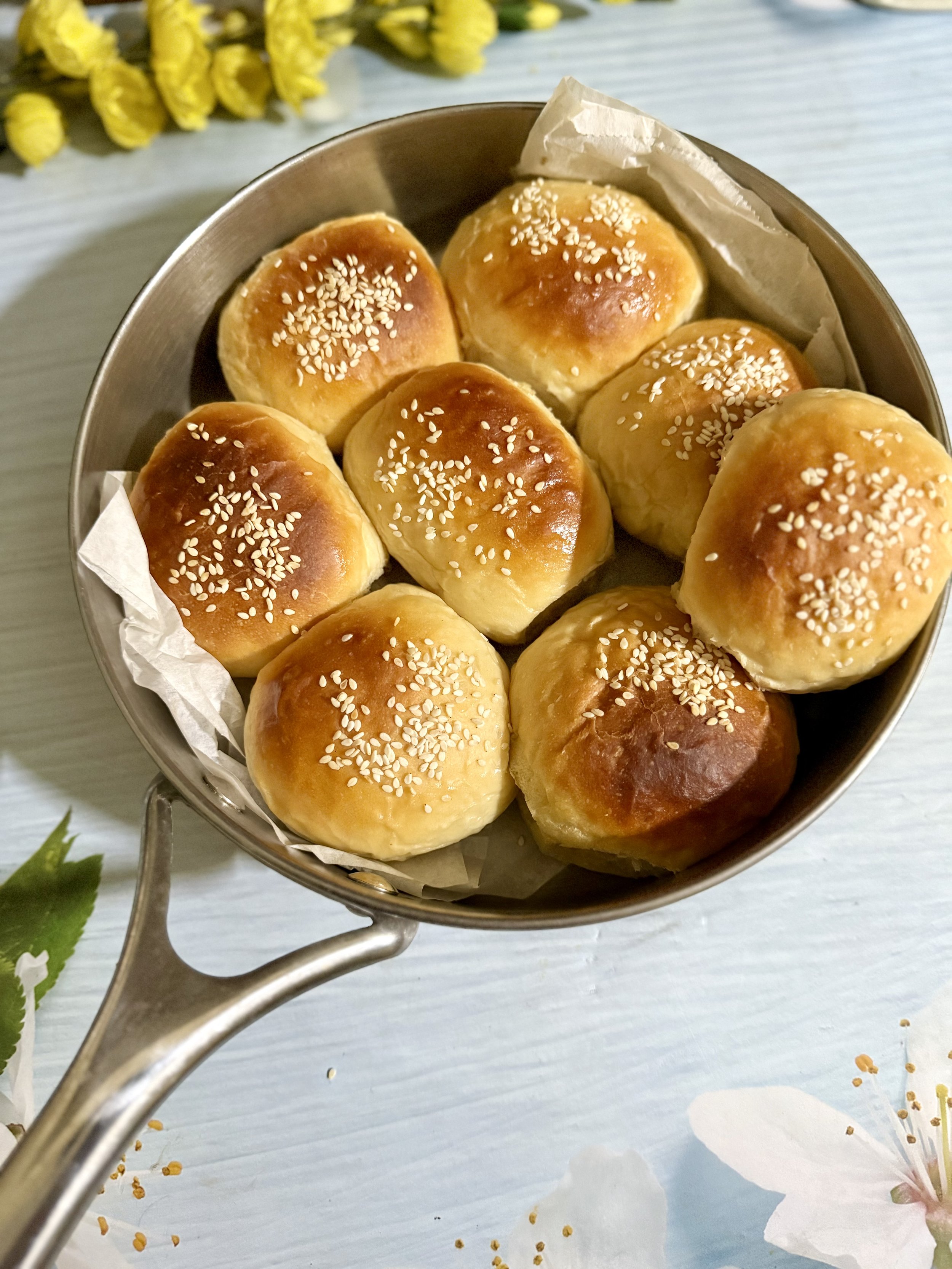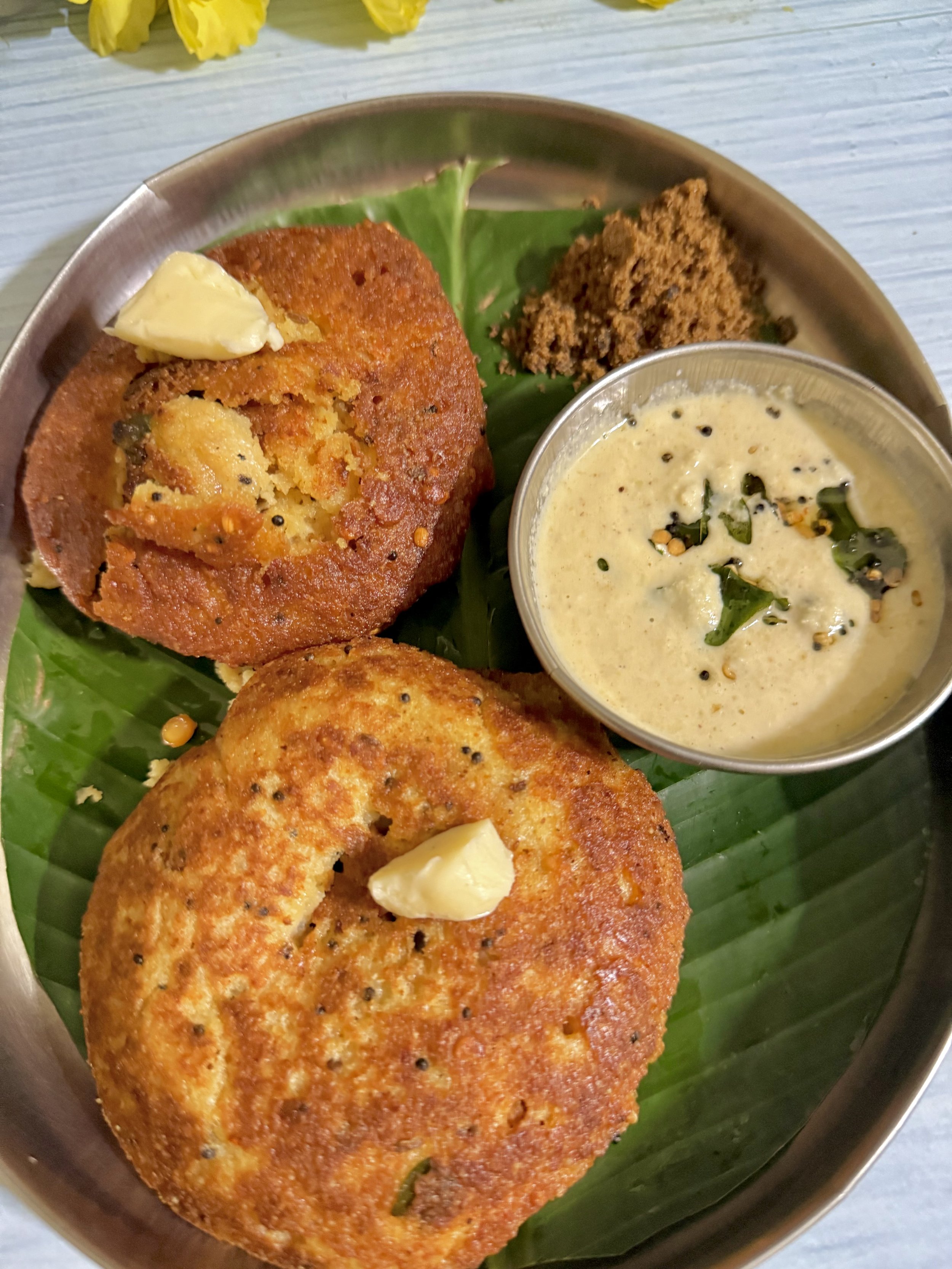Kodo millet idlis
kodo millets idlis
Idlis with Kodo millet / Varagarsi in Tamil. Why Millets ?
Because when Compared to rice, especially polished rice, millets release lesser percentage of glucose and over a longer period of time. This lowers the risk of diabetes . Millets are particularly high in minerals like iron,magnesium, phosphorous and potassium.
This tiny white bead like almost resembling semolina or quinoa but a little bigger is great to use in recipes such as porridge, Upma and now I am trying this in Idlis. Am beginning to wonder how I missed using this lovely millet. Recommended for diabetics and those suffering from hypertension.
This is an old post which I updated with new pics as they were better than the previous ones. Now to the recipe.
Ingredients:
3 cups cups millets ( Varagarsi/Kodo ) cleaned and washed well.otherwise your idlis will look dull.
1/2 cup idli rice ( or use only 4 cup kodo millets skipping the idli rice ).
1 cup Udad dal/Black gram
2 tsp fenugreek seeds
3 tbsp poha ( beaten rice flakes ) washed, soaked in a cup.
Use the same cup to measure .
salt to taste to be added to batter.
Water as required for grinding Idli batter.
Method:
You will notice , to make idlis we are just substituting rice with millets, proportions are the same as we do for normal Idlis.
Soaking time is also less. Soak both the millets and udad dal separately. Soak the millets for 3 hours and the udad dal with poha and methi seeds for 2 hours minimum.
Then first grind the udad dal with methi and poha to a smooth consistency as we do normally for regular idlis.
Grind the millets either to a very smooth texture or a slightly grainy texture. I prefer the grainy texture .Do not add too much water to millets while grinding to avoid a watery batter.It also grinds very quickly in the mixie jar itself.
Mix both the batter well with hand and keep covered overnight to ferment as we do for Idlis..The batter would have risen but not so much like the normal batter but well enough to give soft spongy idlis.
After fermentation, mix the batter slightly, thin it a bit only if necessary and prepare the idlis using greased idli plates and steam for 6-8 minutes.
Enjoy soft fluffy healthy Idlis with your favourite chutneys , sambar or chutney powder.
See the chart below for more info on millets.
here is my Youtube video of kodo millet idli dosa batter with slight variation, do check it out . Consider subscribing to my channel for regular uploads and new recipes .
Follow my Instagarm posts .
Millet names
More about Millets
What are millets?
Millets are small-seeded grasses that are hardy and grow well in dry zones as rain-fed crops, under marginal conditions of soil fertility and moisture. Millets are one of the oldest foods known to humans and possibly the first cereal grain to be used for domestic purposes.
Millets are also unique due to their short growing season. They can develop from planted seeds to mature, ready to harvest plants in as little as 65 days. This is important in heavily populated areas. When properly stored, whole millets will keep for two or more years.
Why eat millets?
Nutrition:
They are highly nutritious, non-glutinous and not acid forming foods.Hence they are soothing and easy to digest. They are considered to be the least allergenic and most digestible grains available.
Compared to rice, especially polished rice, millets release lesser percentage of glucose and over a longer period of time.
This lowers the risk of diabetes.
Millets are particularly high in minerals like iron, magnesium, phosphorous and potassium.
Finger millet (Ragi) is the richest in calcium content, about 10 times that of rice or wheat.
.
What kinds of millets are available?
• Barnyard Millet (Hindi: Jhangora; Tamil: Kuthiravaali; Telugu: Odalu)
• Finger Millet (Hindi: Mandua; Tamil: Kelvargu; Telugu: Ragulu; Kannada: Ragi; Malayalam: Koovarugu)
• Foxtail Millet (Hindi: Kangni; Tamil: Tenai; Telugu: Korra; Kannada: Navane; Malayalam: Thina)
• Kodo Millet (Hindi: Kodra; Tamil: Varagu; Telugu: Arikelu; Kannada: Harka)
• Little Millet (Hindi: Kutki; Tamil: Samai; Telugu: Sama; Kannada: Same; Malayalam: Chama)
• Pearl Millet (Hindi: Bajra, Tamil: Kambu, Telugu: Gantilu, Kannada: Sajje)
• Proso Millet (Hindi: Barri; Tamil: Panivaragu; Telugu: Varigulu; Kannada: Baragu)
• Sorghum (Hindi: Jowar; Tamil: Cholam; Telugu: Jonna; Kannada: Jola; Malayalam: Cholum)
How do we cook them?
Most millets can be cooked like rice. Millets can replace rice in various dishes such as idli, dosa, payasam/kheer. Millet flour can be used to make rotis..We can easily pressure cool them like rice but with fewer whistles as they cook pretty fast.
Millets are small seeded grasses giving us grains which are healthy. They grow easily in drought like conditions also.
• They release sugar slowly – enough time for our body to produce required insulin. This is mainly because the coat of the grain is intact and we take whole grain and not polished one.
• They are nutritious – well balanced at that – fibre,protein, iron etc.
Info from Millets .org and Healthy eating sites from Internet.
Foxtail millets idlis
Browse my Instagram feed for more recipes. Follow me in Instagram for more uploads .




